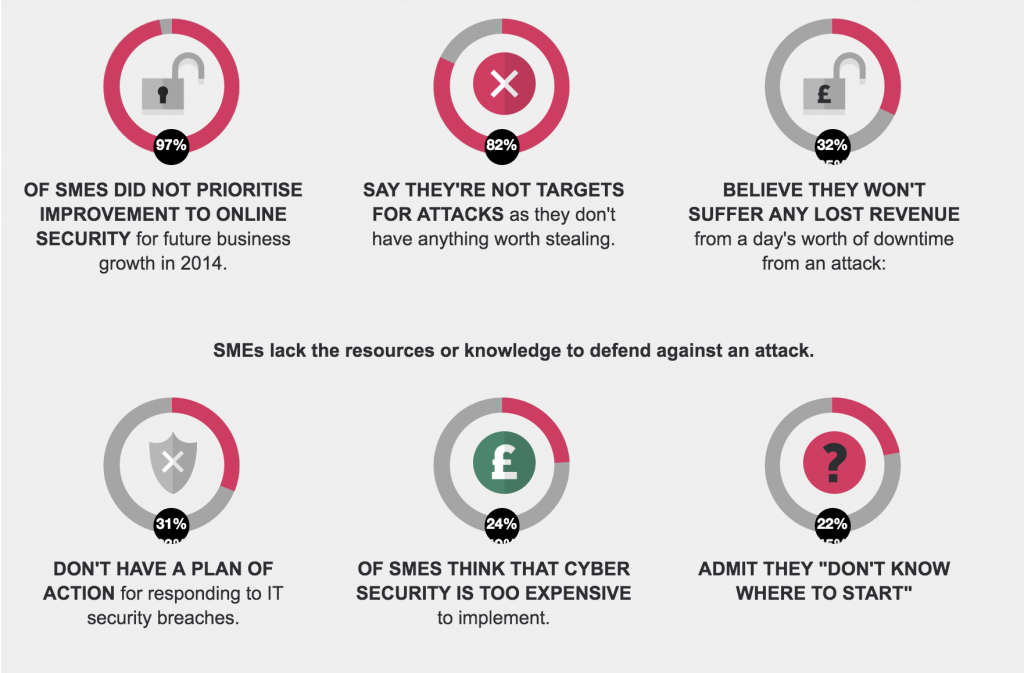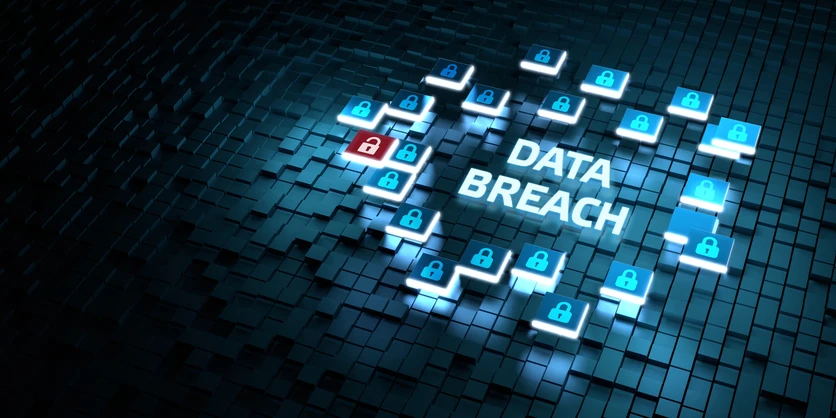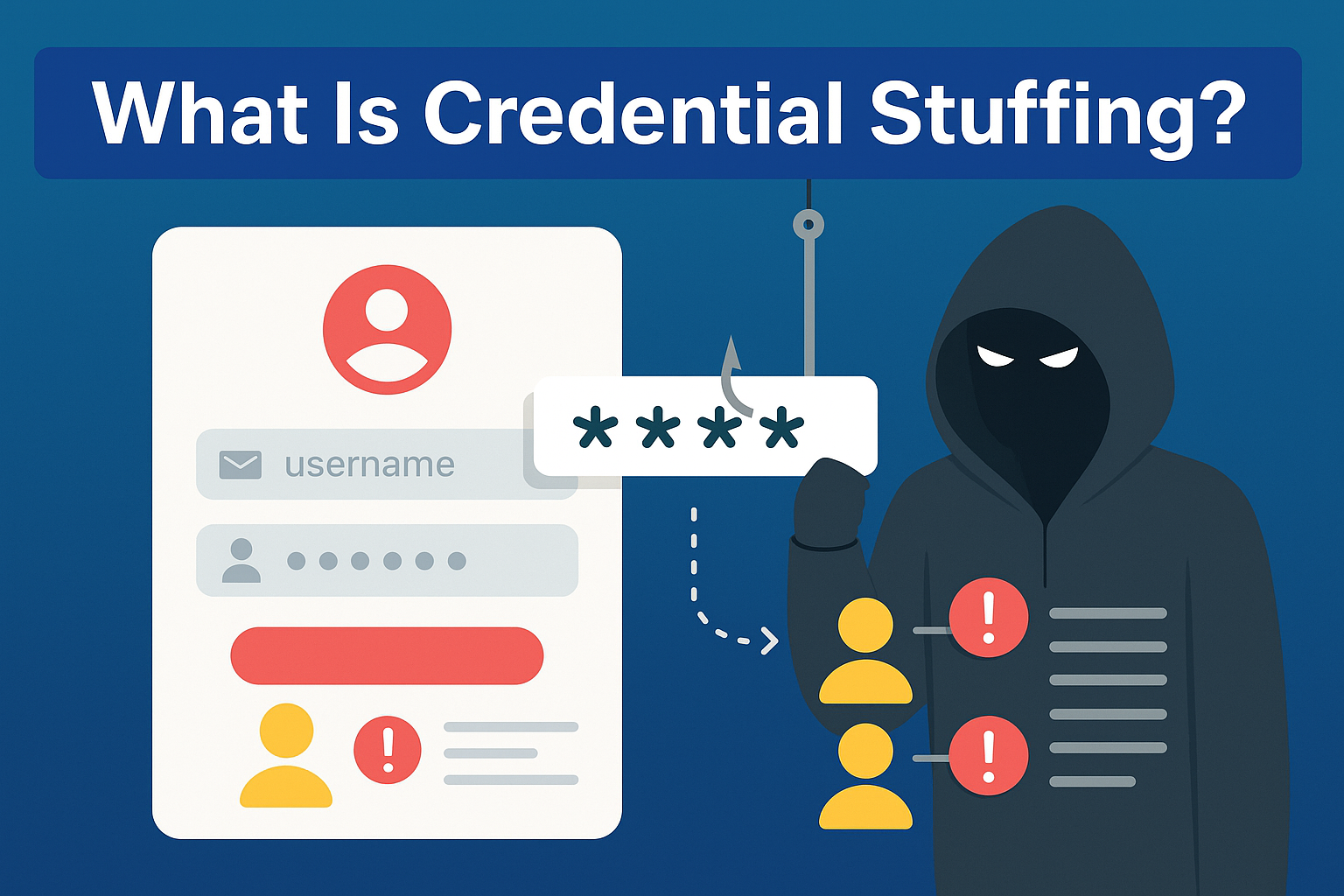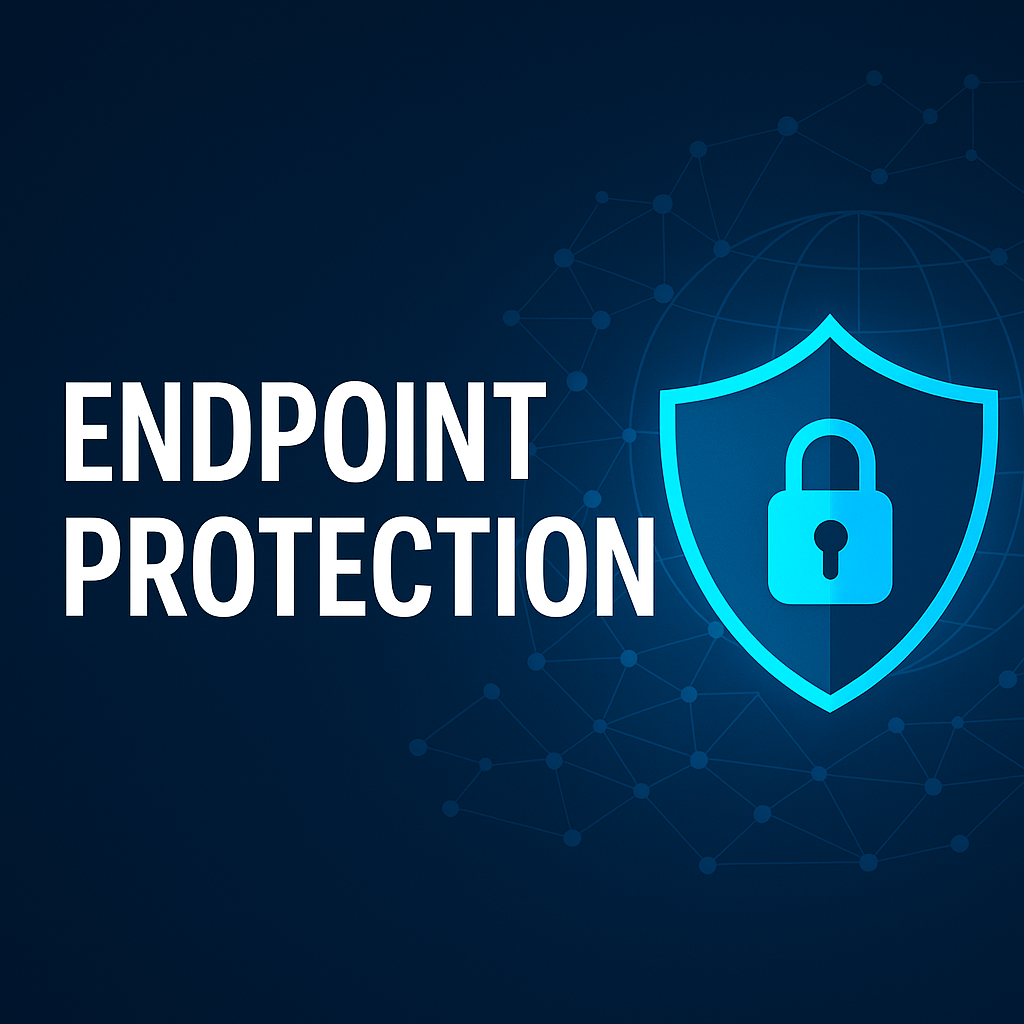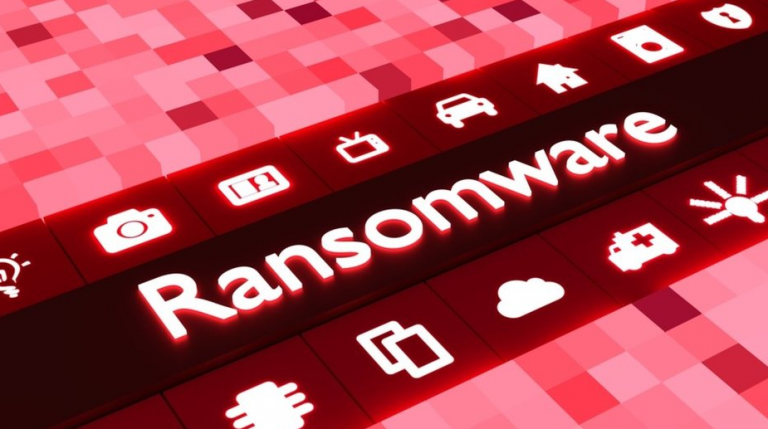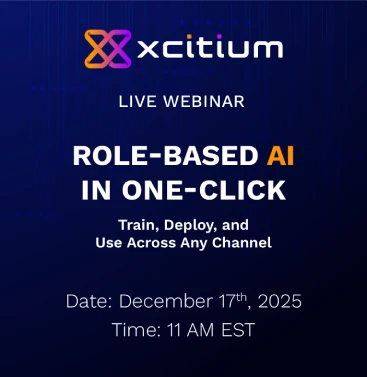MDR for E5: The Professional Guide to Strengthening Microsoft 365 Security in 2026
Updated on November 21, 2025, by Xcitium

As cyberattacks continue to increase in both frequency and complexity, organizations are under growing pressure to secure cloud environments, identities, endpoints, and sensitive data. Many Microsoft-centric organizations rely on the powerful capabilities within the Microsoft 365 E5 license, which includes advanced tools such as Microsoft Defender for Endpoint, Defender for Identity, and Defender for Cloud Apps. However, even with these sophisticated technologies, businesses still face persistent security gaps.
That is where MDR for E5 (Managed Detection and Response for Microsoft 365 E5) becomes crucial. MDR services enhance Microsoft’s security stack with continuous monitoring, expert threat hunting, and human-led incident response—delivering a complete, proactive security posture.
This professional guide explains everything you need to know about MDR for E5, including how it works, why organizations need it, and how it elevates your Microsoft 365 environment.
📌 What Is MDR for E5?
MDR for E5 is a managed security service that augments the advanced security capabilities included in the Microsoft 365 E5 license. While E5 provides industry-leading automated detection and prevention tools, MDR adds:
-
24/7 Security Operations Center (SOC) monitoring
-
Human-led threat hunting
-
Expert incident response
-
Alert triage and validation
-
Forensic investigation
-
Remediation support
-
Continuous risk assessments
In simple terms:
👉 E5 gives you the tools. MDR gives you the expert team needed to operate and maximize those tools.
Even the best tools require skilled analysts to interpret signals, contain threats, and ensure the environment remains secure at all times.
📌 Why E5 Alone Is Not Enough
Although Microsoft 365 E5 offers one of the most robust security platforms in the industry, it does not replace the need for continuous human expertise. Organizations still face challenges such as:
1. Alert Fatigue
E5 generates a high volume of alerts. Without a dedicated SOC, many alerts go unreviewed.
2. Identity-Based Threats
Microsoft environments are the top target for credential theft, OAuth abuse, and MFA fatigue attacks.
3. Advanced Persistent Threats (APTs)
Sophisticated attackers evade automated defenses and require active threat hunting.
4. Limited In-House Resources
Few organizations have cybersecurity experts available 24/7/365.
5. Complex Investigation Requirements
Not every IT team can perform root-cause analysis, memory forensics, or lateral movement tracking.
6. Ransomware and Zero-Day Attacks
These attacks require immediate human intervention—automation is not enough.
This is why thousands of organizations add MDR for E5 to strengthen their Microsoft security posture.
📌 Key Features of MDR for E5
Below are the capabilities MDR adds on top of E5’s built-in tools:
1. 24/7 Monitoring Across the Entire Microsoft Ecosystem
MDR teams continuously monitor:
-
Microsoft Defender for Endpoint
-
Defender for Identity
-
Defender for Office 365
-
Defender for Cloud Apps
-
Azure AD identity logs
-
Endpoint behavioral analytics
-
Email and cloud activities
-
Conditional Access anomalies
The result: No threat goes undetected, regardless of time or complexity.
2. Expert Human-Led Threat Hunting
Threat hunting specialists search for:
-
Lateral movement
-
Privilege escalation
-
Unknown malware
-
Inconsistent login patterns
-
Insider threats
-
Shadow IT activity
-
Suspicious OAuth app permissions
-
Ransomware precursors
These activities frequently bypass automated detection and must be uncovered manually.
3. Sophisticated Incident Response
When a threat is confirmed, MDR teams take action by:
-
Isolating compromised endpoints
-
Blocking malicious accounts
-
Stopping active sessions
-
Removing persistence mechanisms
-
Terminating malicious processes
-
Providing remediation instructions
-
Coordinating with your IT personnel
This rapid response minimizes downtime and reduces the cost of a breach.
4. Comprehensive Alert Triage
Instead of thousands of Defender alerts, MDR provides:
-
Curated alerts
-
Detailed analysis
-
Actionable summaries
-
Severity scoring
-
Incident context
-
Recommended actions
Your team only sees what truly matters.
5. Proactive Security Hardening
MDR for E5 enhances your policies and configurations by advising on:
-
Conditional Access rules
-
MFA requirements
-
Endpoint baselines
-
Attack surface reduction
-
PowerShell restrictions
-
Email security tuning
-
Zero Trust alignment
-
Least-privilege access models
This strategic hardening reduces long-term risk.
📌 How MDR for E5 Works (Lifecycle Breakdown)
Step 1: Integration
MDR integrates with all Microsoft 365 E5 security tools.
Step 2: Telemetry Collection
Signals flow into a unified monitoring dashboard.
Step 3: Automated + Human Detection
AI surfaces anomalies while analysts investigate deeper.
Step 4: Threat Hunting
Experts search for hidden or emerging threats.
Step 5: Incident Response
Immediate containment to halt attacker progress.
Step 6: Reporting + Prevention
A full incident timeline and preventive recommendations are delivered.
This lifecycle ensures both immediate defense and long-term protection.
📌 MDR for E5 vs MDR for E3
The difference lies in what E3 and E5 provide natively.
| Feature | E3 | E5 | MDR for E5 |
|---|---|---|---|
| Advanced Threat Protection | ❌ | ✔ | ✔ |
| Automated Investigation | ❌ | ✔ | ✔ |
| Identity Intelligence | ❌ | ✔ | ✔ human-led |
| Attack Surface Reduction | Limited | Advanced | ✔ enhanced |
| 24/7 SOC | ❌ | ❌ | ✔ |
| Threat Hunting | ❌ | Limited automated | ✔ human-led |
| Incident Response | ❌ | Limited | ✔ full response |
MDR enhances both E3 and E5, but E5 customers get the strongest combined security posture.
📌 Who Benefits Most from MDR for E5?
✔ Mid-sized and large enterprises
✔ Organizations with distributed workforces
✔ Businesses with compliance obligations
✔ Companies targeted by APT groups
✔ Organizations lacking 24/7 security personnel
✔ Firms with complex Microsoft 365 environments
If your business depends on cloud productivity, hybrid identity, and Microsoft endpoints—MDR significantly reduces your risk.
📌 Threats MDR for E5 Protects Against
-
Credential theft
-
MFA fatigue attacks
-
OAuth app compromises
-
Ransomware
-
Insider threats
-
Business email compromise (BEC)
-
Malware and fileless attacks
-
Privilege escalation
-
Lateral movement
-
Data exfiltration
-
Cloud misconfiguration abuse
These are the top threats targeting Microsoft ecosystems today.
📌 Why MDR for E5 Is Essential in 2025
Microsoft 365 E5 offers some of the strongest automated security capabilities available. However, organizations still need:
-
Human intelligence
-
Human decision-making
-
Human-driven response
-
24/7 vigilance
-
Forensic-level analysis
Attackers behave like humans.
Defenders must, too.
MDR for E5 closes the gap between automated detection and real-world threat response.
🎯 Conclusion: MDR for E5 Is Now a Mandatory Layer of Protection
In 2025, cyberattacks have moved far beyond simple malware. They involve identity compromise, social engineering, supply-chain attacks, and complex multi-stage intrusions. Microsoft 365 E5 gives organizations a robust security foundation—but MDR provides the expertise required to make the most of that foundation.
👉 MDR provides 24/7 monitoring, rapid response, threat hunting, and expert oversight that automated tools alone cannot deliver.
👉 The combination of Microsoft E5 + MDR equals a modern, complete security posture.
🔐 Enhance Your Microsoft 365 Security with Xcitium MDR
Strengthen your Microsoft 365 E5 environment with human-led monitoring, investigation, and response.
👉 Request a free demo today:
https://www.xcitium.com/request-demo/
❓ FAQs About MDR for E5
1. Does MDR replace Microsoft 365 E5 security tools?
No. MDR enhances them with human expertise and 24/7 response.
2. Is MDR needed if we already have E5?
Yes. E5 provides tools; MDR provides a SOC team to operate them.
3. Does MDR help with compliance?
Absolutely. MDR supports HIPAA, PCI, SOC2, GDPR, and more.
4. Can MDR stop ransomware early?
Yes. MDR detects ransomware precursors and isolates affected endpoints.
5. Is MDR for E5 suitable for small businesses?
Yes—especially for SMBs with limited security personnel.




